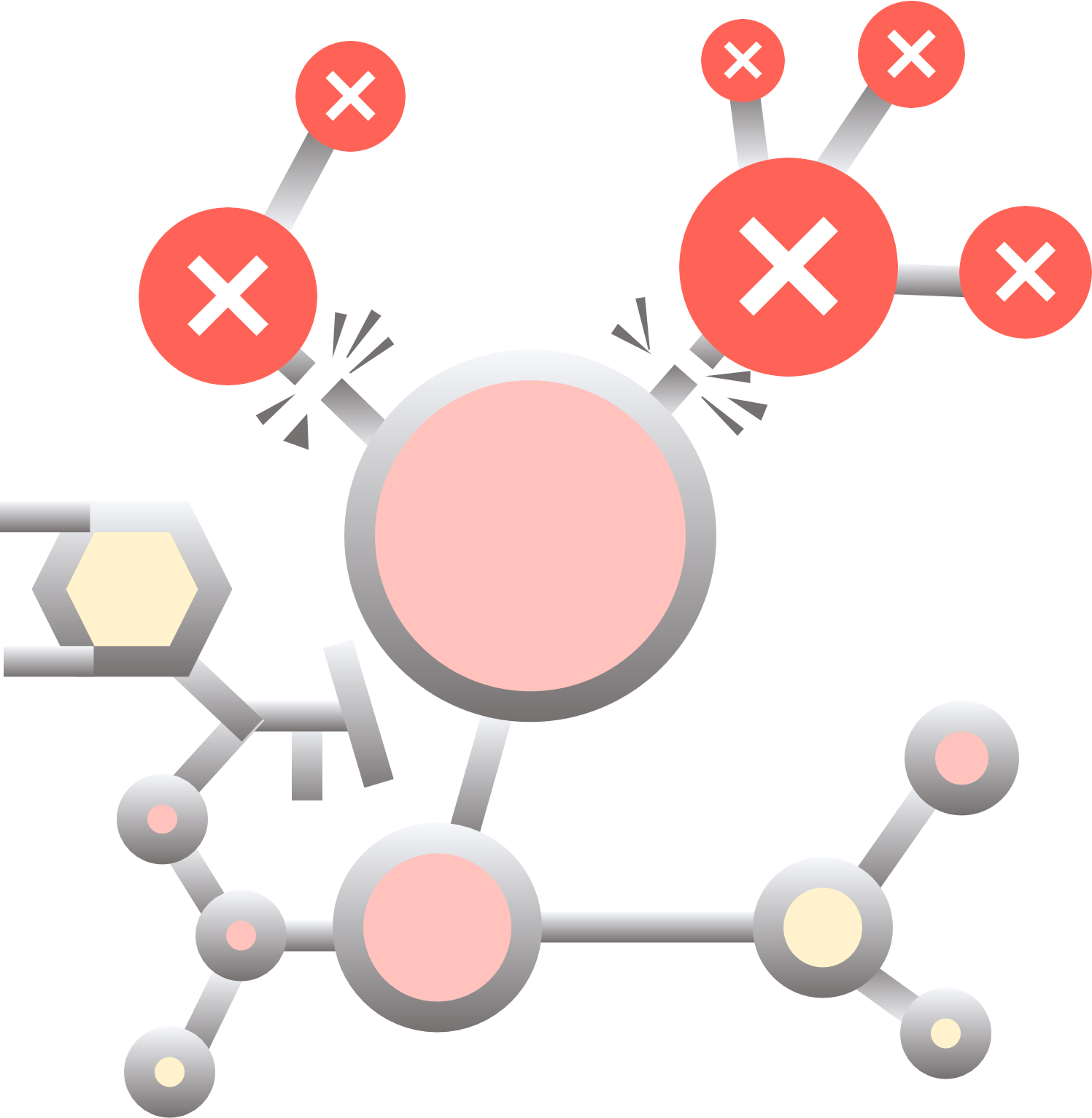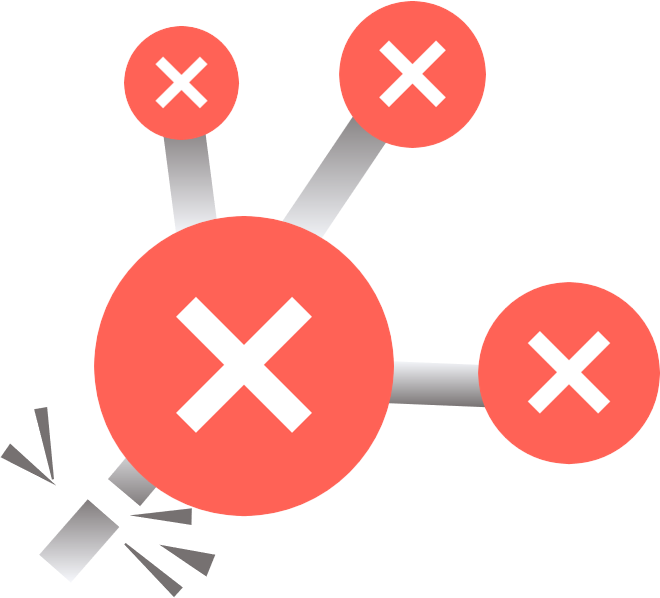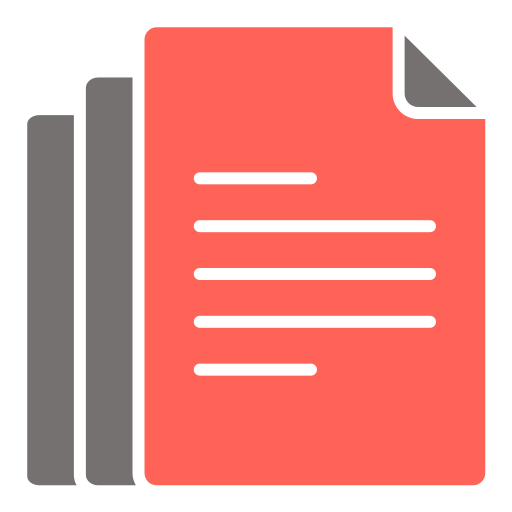{oA.Harmony}
Optimize an Information System
The technical capabilities of the Cloud allow infinite scalability.
And that’s good, since data sources have multiplied, as have users and business use cases.
Unfortunately, there are side effects: the systems grow bigger, they are no longer intelligible,
maintainable, and they end up being expensive.
We offer features to detect “dead matter” in systems, whether tables, files, dashboards, or code,
in order to bring these systems back to their optimum and reduce Cloud costs.

Detect dead material in feed streams
Through an analysis of information usage, combined with information lineage (data lineage), {openAudit} identifies unnecessary data flows and the associated storage (tables/ files). This is what we call "dead branches": they can be decommissioned without risk of regression.
Analysis of information uses
{openAudit} continuously analyzes audit database logs and the data visualization layer to discover which data actually has uses.


Identifying “dead branches” in DataFlows
Unused data is isolated by opposition, and all underlying tables, files, procedures, ELT/ETL jobs are identified using data lineage. These are the "dead branches".
Use cases
The first action to modernize an Information System: Eliminate unnecessary pipelines?
FinOps tools in the Cloud: An insufficient first line of defense
Detect obsolete, replicated dashboards
{openAudit} parses the DataViz solution files and associates certain logs from the audit databases. Obsolete, broken, replicated dashboards are detected and can be archived or discarded to reduce costs and reduce the risk of errors. For SAP BO, we also offer mass archiving tools.
Identifying obsolete dashboards
{openAudit} identifies dashboards that do not report results, or those that are obsolete.


Identifying replicated dashboards
{openAudit} compares dashboards with each other and detects replications according to different criteria: content, container, filters, etc.